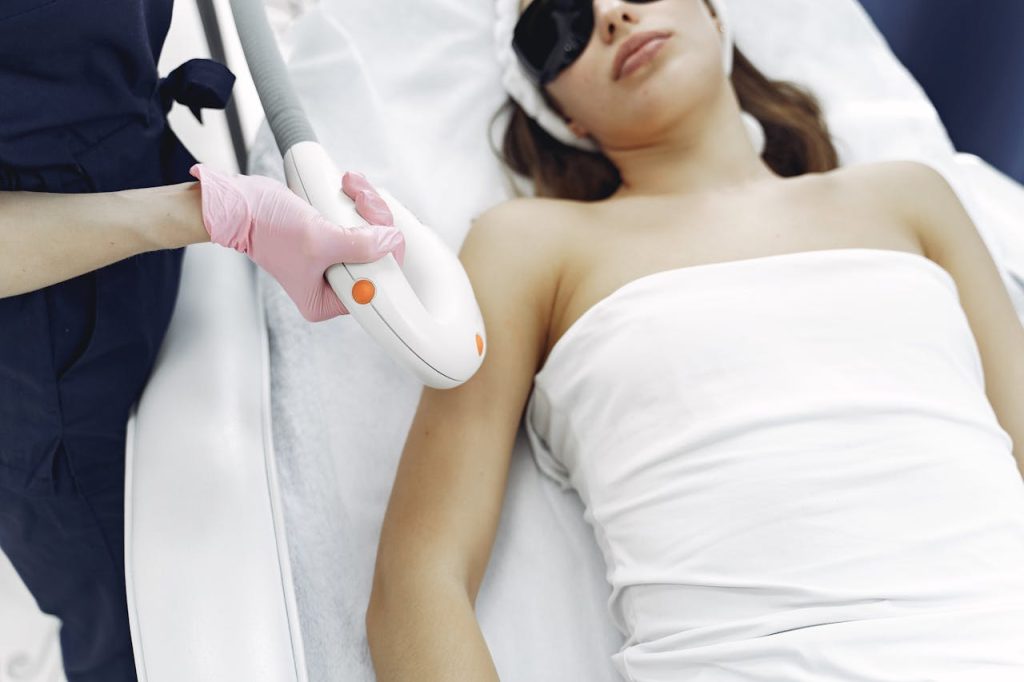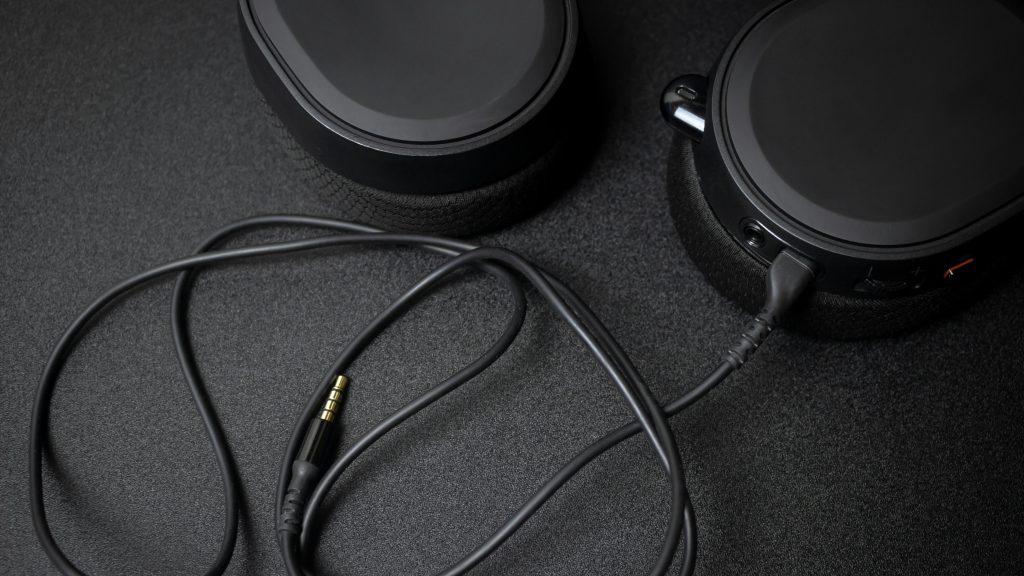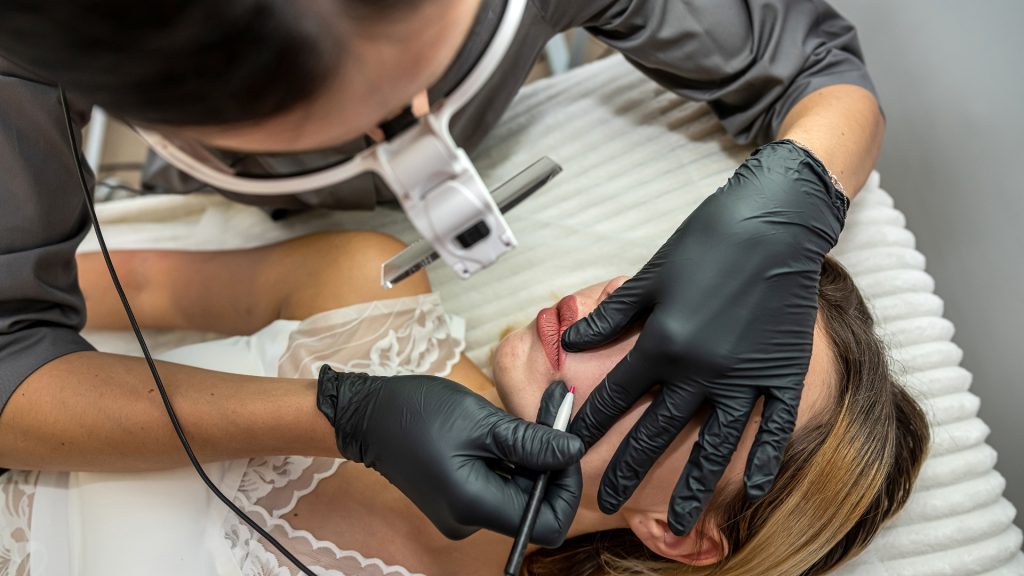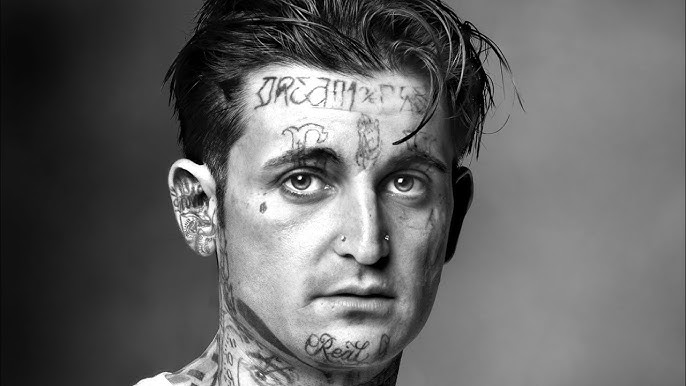The desire for flawlessly smooth, hair-free facial skin is common, and laser hair removal has emerged as a highly popular and effective solution. However, when treating such a delicate and visible area, prioritizing safety isn’t just important—it’s critical. This article will guide you through the essential safety considerations, from selecting the right provider to meticulous pre- and post-treatment care, ensuring your facial laser hair removal journey is safe and yields the beautiful results you desire.
The Paramount Importance of Professional Consultation
A thorough professional consultation is non-negotiable before any laser light touches your skin. This initial meeting is the cornerstone of a safe and effective treatment plan. A qualified technician will comprehensively assess your skin type, often using the Fitzpatrick scale, and analyze your hair’s colour, thickness, and density. Understanding these factors is vital, as they directly influence the required laser settings and help anticipate potential risks unique to your complexion. This personalized approach is crucial for achieving successful facial laser hair removal results, ensuring optimal safety and efficacy.
Equally important is a detailed review of your medical history. Be prepared to discuss any medications you’re taking (especially those that might cause photosensitivity), existing medical conditions, and recent sun exposure or tanning habits. This step helps identify contraindications that could make the treatment unsafe or less effective. Finally, a patch test on a small, inconspicuous area of your face is often performed. This seemingly minor step is crucial for gauging your skin’s reaction to the laser and fine-tuning the optimal settings before the complete treatment begins, minimizing the risk of adverse reactions. The consultation also sets realistic expectations regarding the number of sessions needed, the anticipated results, and any temporary side effects you might experience.
Choosing the Right Provider and Clinic
Your safety hinges significantly on the expertise of the professionals performing your treatment and the clinic’s standards. Always seek out certified and licensed technicians, dermatologists, or medical professionals with specialized training in laser hair removal. Their deep understanding of laser technology, skin physiology, and safe operating procedures is paramount.
Beyond individual qualifications, investigate the clinic’s reputation and adherence to industry standards. Look for positive reviews, credible testimonials, and any relevant accreditations. A reputable clinic will prioritize strict hygiene and sanitation protocols, ensuring a clean and safe environment for every procedure. Furthermore, please inquire about the quality of their equipment. Reputable clinics utilize FDA-cleared (or equivalent regulatory-approved) laser devices, as different laser types are specifically designed to safely and effectively treat various skin tones and hair types.
Essential Pre-Treatment Precautions
Preparing your skin correctly before a facial laser session is just as vital as the treatment itself for ensuring safety and efficacy. One of the most critical precautions is strict sun avoidance. You must rigorously avoid direct sun exposure, tanning beds, and even self-tanning products for several weeks before your appointment. Tanned skin significantly increases the risk of burns and post-inflammatory hyperpigmentation (dark spots) because the laser can mistakenly target the melanin in your skin instead of just the hair follicle.
Regarding hair removal methods, shaving the treatment area is imperative. Avoid waxing, plucking, or electrolysis for several weeks before your sessions, as the laser requires the hair follicle to be intact to target and damage it effectively. Additionally, be mindful of your skincare routine. Your technician will likely advise against using retinoids, alpha hydroxy acids (AHAs), beta hydroxy acids (BHAs), and other potentially irritating skincare products on the treatment area for a period before your session. And to address the common question, does lazer hair removal hurt? While individuals experience sensation differently, proper pre-treatment care and the cooling systems used during the procedure significantly minimise discomfort, making it generally well-tolerated and far less painful than waxing for most people. Finally, maintain open communication with your technician. Inform them immediately of any changes in your health, medications, or recent sun exposure, no matter how minor they may seem.
Safety During the Treatment Session
Several measures are in place during the laser session to ensure your safety and comfort. Mandatory eye protection is paramount for both you and your technician. Specialized protective eyewear prevents any potential eye damage from the intense laser light. Most modern laser devices incorporate integrated cooling systems, such as chilled tips or blasts of cool air. These systems enhance your comfort by numbing the skin surface and, more importantly, protect your skin from excessive heat, minimizing the risk of burns.
Open communication between you and your technician is encouraged throughout the procedure. Do not hesitate to voice any discomfort, unusual sensations, or concerns. While a “rubber band snap” sensation is common and normal, significant pain is not, and your technician can adjust settings if needed.
Crucial Post-Treatment Care
The care you provide for your skin after a facial laser session is as critical as the pre-treatment precautions. Continued sun protection is crucial. Your treated skin will be more sensitive to UV radiation, so diligently apply a broad-spectrum SPF 30+ sunscreen and wear protective clothing whenever outdoors.
For a few days post-treatment, avoid heat and irritation. This means skipping hot showers, saunas, steam rooms, strenuous exercise, and tight clothing that could rub against the treated area. Opt for gentle skin care products: mild cleansers and moisturizers, and steer clear of harsh exfoliants or abrasive products that could irritate the healing skin. Finally, monitor for side effects. Mild redness and swelling are common and typically resolve within hours to a few days. However, be vigilant for signs requiring professional attention, such as blistering, severe pain, or prolonged redness, and contact your clinic immediately if these occur.
Potential Risks and How to Mitigate Them
While facial laser hair removal is generally safe, understanding potential risks is part of being well-informed. Temporary redness and swelling are the most common side effects, usually subsiding quickly. Pigmentary changes can occur, either hyperpigmentation (darkening) or hypopigmentation (lightening). These are often temporary but can be more persistent if proper pre/post-care isn’t followed or if laser settings are incorrect, especially in darker skin types. Blistering or crusting is rare and typically indicates incorrect laser settings, requiring immediate professional attention. Scarring is extremely rare, almost always resulting from severe burns or improper aftercare. Lastly, paradoxical hair growth, an infrequent side effect where fine hair can become coarser, is occasionally observed on the face, particularly in hormonally influenced areas.
Conclusion
Facial laser hair removal offers an incredible pathway to smooth, hair-free skin, but its safety and efficacy are deeply intertwined with informed decisions and diligent care. You can significantly mitigate risks by prioritizing a thorough professional consultation, choosing a reputable clinic with experienced professionals, adhering strictly to pre- and post-treatment guidelines, and maintaining open communication throughout the process. Your commitment to these safety measures, combined with expert care, will ensure your facial laser hair removal journey is safe and delivers the lasting, beautiful results you’re seeking. Take the first step today by scheduling a consultation with a certified professional to discuss your needs and embark on a confident path to a smoother you.





















